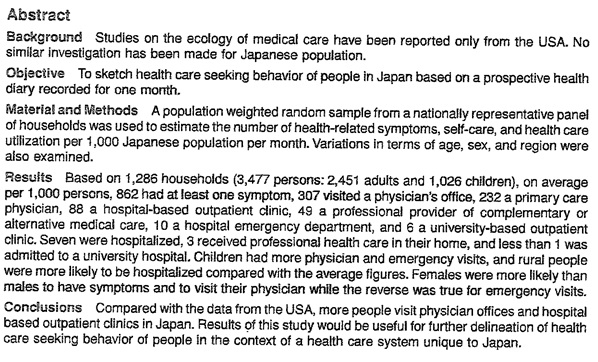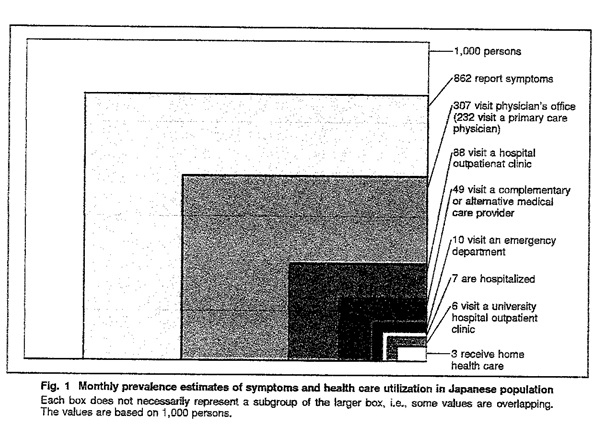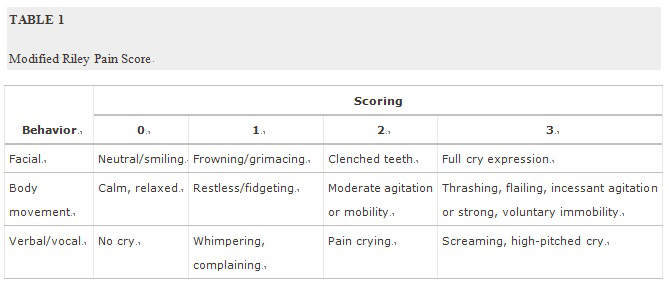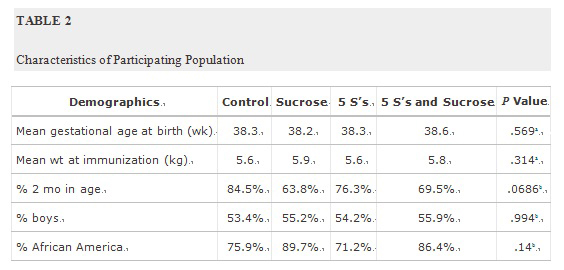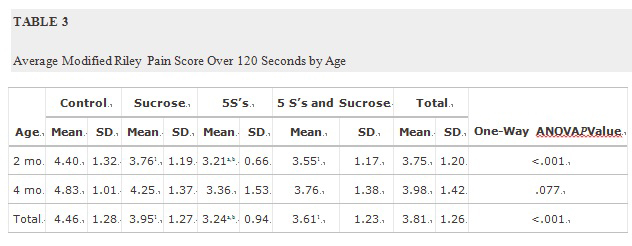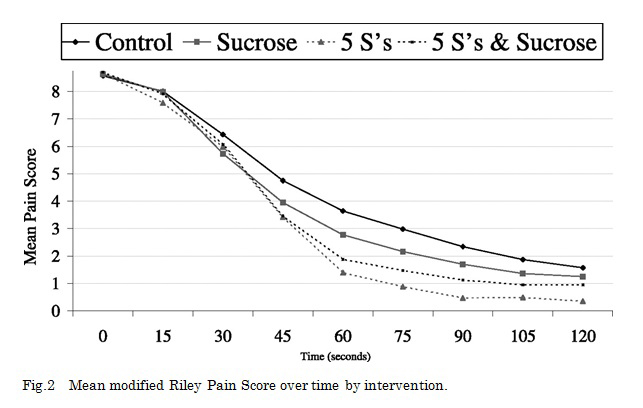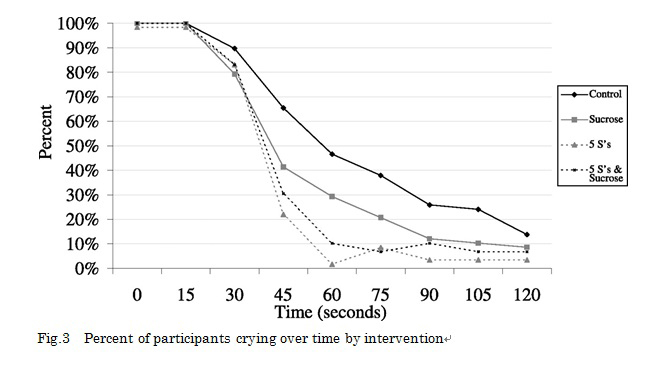【文献名】
配偶者からの暴力被害者支援情報 http://www.gender.go.jp/e-vaw/index.html
【要約】
暴力の形態
・身体的なもの:殴ったり蹴ったりするなど、直接何らかの有形力を行使するもの。
・精神的なもの:心無い言動等により、相手の心を傷つけるもの。
・性的なもの:嫌がっているのに性的行為を強要する、中絶を強要する、避妊に協力しないといったもの。
支援マップ
・安全な生活を確保する
→ 警察、配偶者暴力相談支援センター、民間シェルター、地方裁判所、病院など
・法的手続きを進める
→ 弁護士会、日本司法支援センター(愛称:法テラス)、家庭裁判所など
・自立生活を促進する
→ 婦人相談所、各自治体の福祉窓口・福祉事務所、公営住宅・民間アパート、保育園・保育室、教育委員会、ハローワークなど
被害者の要望別支援方法
・夫(妻)から逃げたい
→ 警察、婦人相談所
・夫(妻)が近寄ってこないようにしたい
→ 地方裁判所、警察
・夫(妻)を罰してほしい
→ 警察
・夫(妻)と別れたい
→ 家庭裁判所、弁護士会、日本司法支援センター(愛称:法テラス)
・新しい生活を始めたい
支援に際しての留意事項
1. 個人としてではなく組織として対応
→ 担当者が1人で問題を抱え込まずに、組織として問題を把握し、多角的に問題を捉えることが必要です。
2. 関係機関の連携
→ 1つだけの機関で問題を解決することは困難です。必要に応じ、関係機関と柔軟に連携し、問題解決
に当たることが必要です。
3. 構造的問題としての把握
→ 被害者の悩みは、それぞれ個人的な問題のように見えても、夫が妻に暴力をふるうのはある程度は仕方がないといった社会通念、妻に収入がない場合が多いといった男女の経済的格差など、構造的問題も大きく関係しています。
4. 安全確保の優先
→ 相談を受けたときは、今、安全かどうかを最初に確認します(電話相談でも同様です)。帰宅後の安全確保についても話し合っておきます。
5. 被害者の意思の尊重
→ 援助の最終目的は、被害者が自分の問題を解決できるような行動を、自分自身で決定できるようにすることです。支援者が思うように被害者が行動できるとは限りませんが、こうした場合、被害者を非難してはいけません。被害者の意思を尊重することが大切です。対応者の言動が被害者をさらに追いつめ、傷つけることがあるので十分な配慮が必要です。
6. プライバシーの保護
→ 支援者の援助の際に知った事実を第三者に口外してはいけません。相談があったという事実についても同じです。関係機関との連携に際しても、細心の注意が必要です。
7. 支援者自身の心のケア
→ 被害者を支援することは、支援者の精神面に大きな負担となります。自分自身が燃え尽きないよう、セルフケアが必要です。
8. 支援者の安全の確保
→ 加害者が支援者に暴力を振るったり、加害者から逆恨みされてつきまとわれたりすることもあります。支援者自身の個人情報を守るなどの対策が必要です。
【開催日】
2012年10月24日
